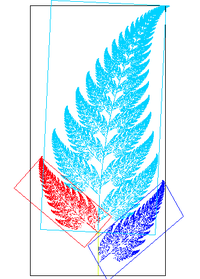
Photo from wikipedia
Abstract In the direct formulation of boundary integral equation (BIE), thermal effect is present as extra integral, destroying the advantage of boundary modeling feature. The most appealing approach is to… Click to show full abstract
Abstract In the direct formulation of boundary integral equation (BIE), thermal effect is present as extra integral, destroying the advantage of boundary modeling feature. The most appealing approach is to analytically transform the domain integral onto boundary such that the boundary modeling feature can be restored. Recently, the leading author has presented a direct transformation for two-dimensional anisotropic thermoelasticity, not relying on any domain distortion. However, due to mathematical complexity, such direct transformation has not been achieved for three-dimensional generally anisotropic thermoelasticity. Despite the importance of this topic in the BEM, the direct transformation has remained unexplored so far. As the first successful work, this paper presents the complete process to make this direct transformation for treating three-dimensional anisotropic thermoelasticity with implementation in an existing code. Additionally, this work also takes into account the presence of constant volume heat sources.
Journal Title: International Journal of Solids and Structures
Year Published: 2018
Link to full text (if available)
Share on Social Media: Sign Up to like & get
recommendations!